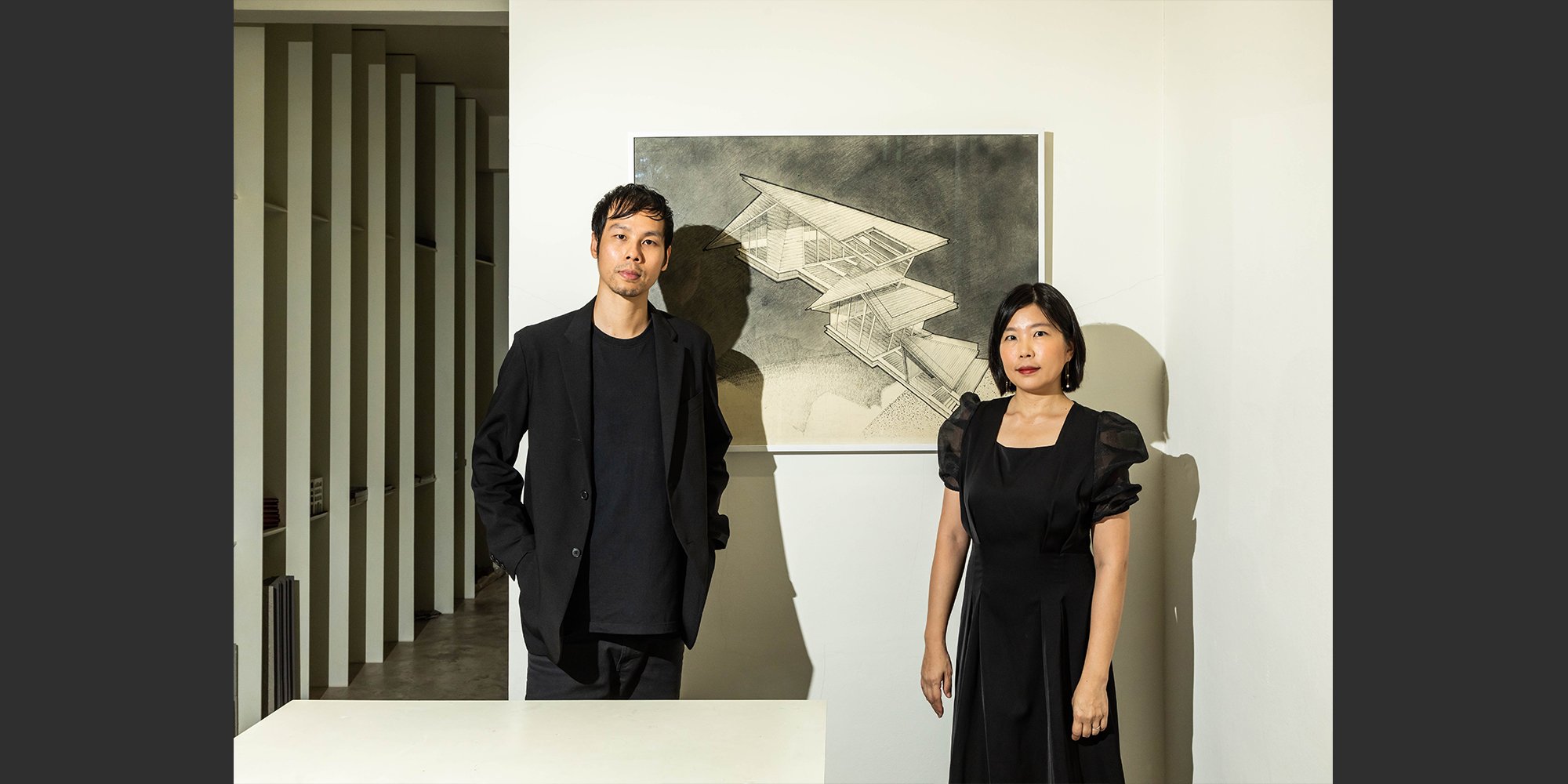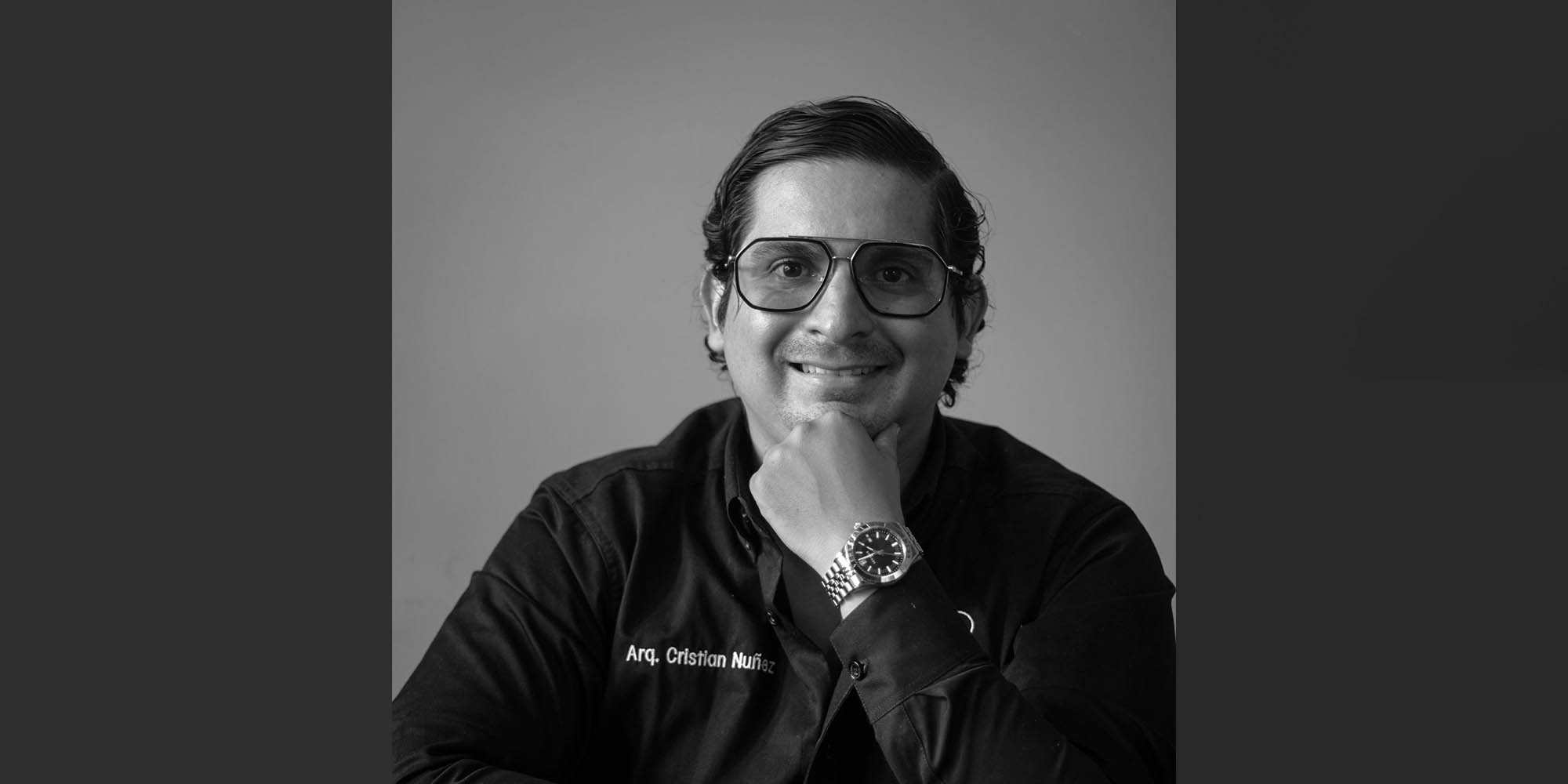In the realm where design and human stories intertwine, Barbara Hallman emerges as a guiding light, illuminating the path through intricate landscapes of architecture and culture. Born in the erstwhile German Democratic Republic in 1979, Hallman’s journey into the realms of architecture and design journalism has been nothing short of captivating. With roots in European Media Culture studies in Lyon and Weimar, she traversed through the corridors of German public television and radio before embarking on a freelance odyssey, driven by the allure of diverse topics, flexible schedules, and a plethora of clients.
Recently, Hallman sat down for a candid conversation with Future Talks by RTF, peeling back the layers of her professional journey and offering insights into her process of crafting architectural and design narratives. For her, the crux of every story lies in its ability to surprise and offer fresh perspectives to readers. It’s this ethos that guides her compass in navigating the global architectural landscape, where she perceives a delicate dance between innovation and regulatory complexities.
In the labyrinth of regulations, Hallman extols the virtues of architects who harness innovation within constrained spaces, shaping not just structures but also societal reflections on the built environment. When probed about the quintessential components of a media kit, Hallman underscores the importance of aesthetically pleasing yet accessible visuals and texts tailored to resonate with a broader audience.
Her narrative traverses through the intricacies of pitching and professional relationships, advocating for enduring partnerships rooted in mutual respect and shared fascination for novel narratives. Hallman’s motivation, she admits, springs from the well of learning, with each assignment serving as a journey into the intricacies of our world.
Her advice to aspiring architects echoes this sentiment, urging them to uncover the uniqueness in every project, irrespective of scale, and to ponder the gains beyond mere publication. However, challenges loom on the horizon, particularly in fostering public relations awareness within the creative realm. Hallman notes a dearth of emphasis on branding among architecture firms, especially in her native Germany and its neighbors, underscoring the need for a paradigm shift in industry perceptions.
With nearly two decades of industry immersion, Hallman’s counsel to budding writers reflects a blend of technological acumen, literary finesse, and unwavering curiosity. As she sets sail towards future horizons, Hallman envisions a landscape ripe with international collaborations and voyages, a vision momentarily stalled by the pandemic’s grip but fueled by a relentless pursuit of knowledge and novelty.
In the tapestry of her life and work, Hallman’s off-the-table habits are woven with the threads of aesthetic discernment and an insatiable thirst for exploration, guiding her towards vistas yet unseen and stories yet untold. As the conversation draws to a close, the echo of her words lingers, a testament to the enduring allure of architectural narratives and the unwavering spirit of those who weave them.




